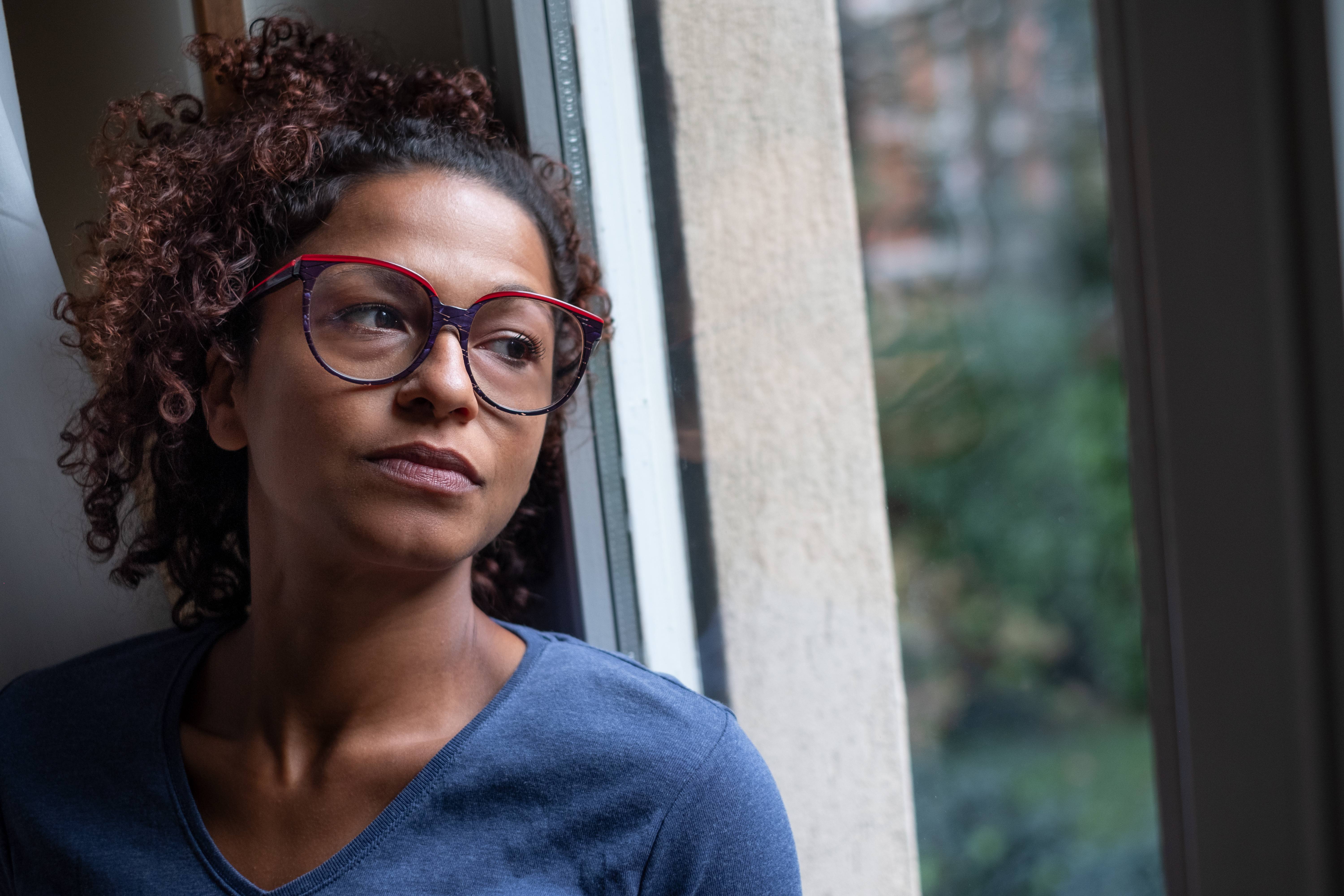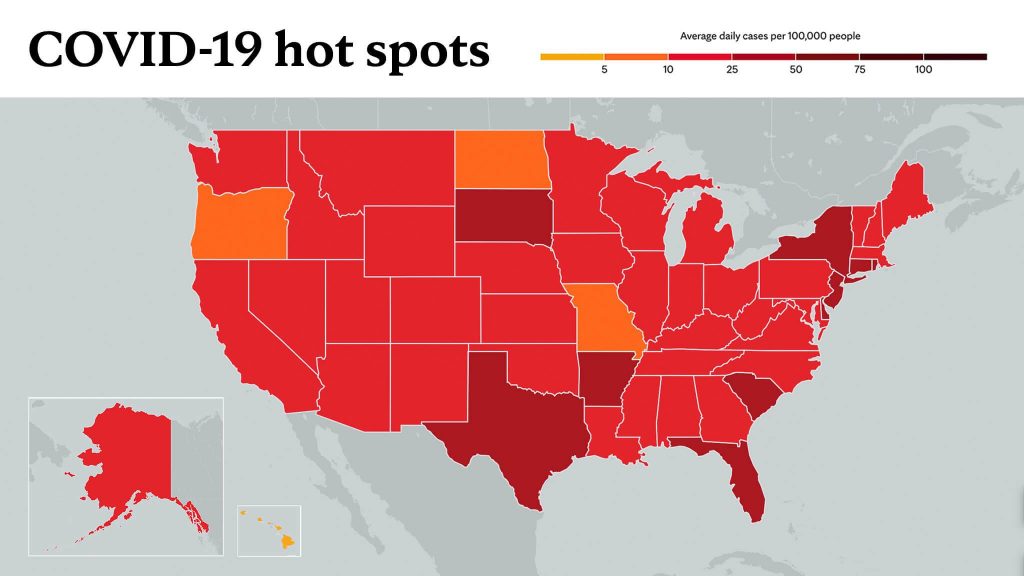
ROCHESTER, Minn. — Social distancing guidelines have reduced the spread of COVID-19, but lockdowns and isolation also have created or aggravated other well-being concerns, reports new research. Mayo Clinic investigators found a significant increase in loneliness and a decrease in feelings of friendship during the pandemic. The study, published Feb. 20 in the journal Social Science & Medicine, also showed disproportionate negative effects among women and those with poorer health.
The researchers say that while physical distance is important during the pandemic, distance within and among relationships can cause undue harm to a person's mental health and well-being. The decision to close businesses and schools, and cancel social gatherings and events ― while effective at slowing the spread of disease ― can have unintended social, mental, financial and substance abuse issues.
"A conscious effort should be made to make meaningful social connection with others," says Jon Ebbert, M.D., a Mayo Clinic internal medicine physician and senior author of the study. "During times of social strain and stress, it is important to not only be helpful to one another, but also be present."
To measure changes during the pandemic, the researchers compared survey results from 1,996 patients who completed a questionnaire in February 2018 and again during the stay-at-home orders throughout much of the U.S. in May 2020. The questions were split into six areas of support: emotional, logistical (helping with daily tasks), friendship, loneliness, perceived rejection and perceived hostility.
Women reported higher levels of loneliness during the pandemic, compared to men. The researchers hypothesize that one contributing factor could be that women's employment was significantly more likely to have been affected by the COVID-19 pandemic, according to U.S. unemployment data.
"The workplace is often a place of social networking and support. Furthermore, as jobs transitioned from the workplace to the home setting, this could have further strained social connections for women," says lead author Lindsey Philpot, Ph.D., a health services researcher and epidemiologist in the Department of Medicine at Mayo Clinic.
The largest change was a decrease in friendships, followed by an increase in loneliness.
"Personal connection comes in many forms. We may be observing that during an infectious pandemic, women may suffer a greater burden of loneliness," Dr. Ebbert says. "All of us should remember to focus on friendships to remain resilient during significant changes in social structures."
It's not all bad news, though, as there was an increase in emotional and logistical support, and a decrease in perceived hostility, the team found. However, those who had poorer health to begin with said their emotional support decreased. The researchers did not observe any changes in perceived rejection.
"Individuals with more health problems may experience the greatest negative impact on emotional support during significant social change when these may be times they need it the most," Dr. Ebbert says.
The researchers say their findings are supported by the stress buffering hypothesis, which concludes that social relationships can be a buffer during stressful times.
"Prior to physical distancing directives, we benefited from passive social interaction ― interacting with fellow parents at basketball practice or PTA meetings, chatting with colleagues between meetings," Dr. Philpot says. "Physical distancing requires us to be more intentional about reaching out, connecting, and spending (virtual) time with others. So consider scheduling a virtual coffee date with a friend, joining or hosting an online trivia night, or picking up the phone and calling a family member or friend."
People in a lifetime relationship made up 77% of survey respondents. Of the respondents, 63% were women, 78% said they were in good or very good health, and the average age was 60.
Study co-authors ― all from Mayo Clinic ― are Priya Ramar; Daniel Roellinger; Barbara Barry, Ph.D.; and Pravesh Sharma, M.D.
The research was supported by Mayo Clinic Alix School of Medicine, and the Mayo Clinic Robert D. and Patricia E. Kern Center for the Science of Health Care Delivery.
###
About Mayo Clinic
Mayo Clinic is a nonprofit organization committed to innovation in clinical practice, education and research, and providing compassion, expertise and answers to everyone who needs healing. Visit the Mayo Clinic News Network for additional Mayo Clinic news.
Media contact:
- Adam Harringa, Mayo Clinic Public Affairs, newsbureau@mayo.edu
_______________________________________
Information in this post was accurate at the time of its posting. Due to the fluid nature of the COVID-19 pandemic, scientific understanding, along with guidelines and recommendations, may have changed since the original publication date.
For more information and all your COVID-19 coverage, go to the Mayo Clinic News Network and mayoclinic.org.
Learn more about tracking COVID-19 and COVID-19 trends.








